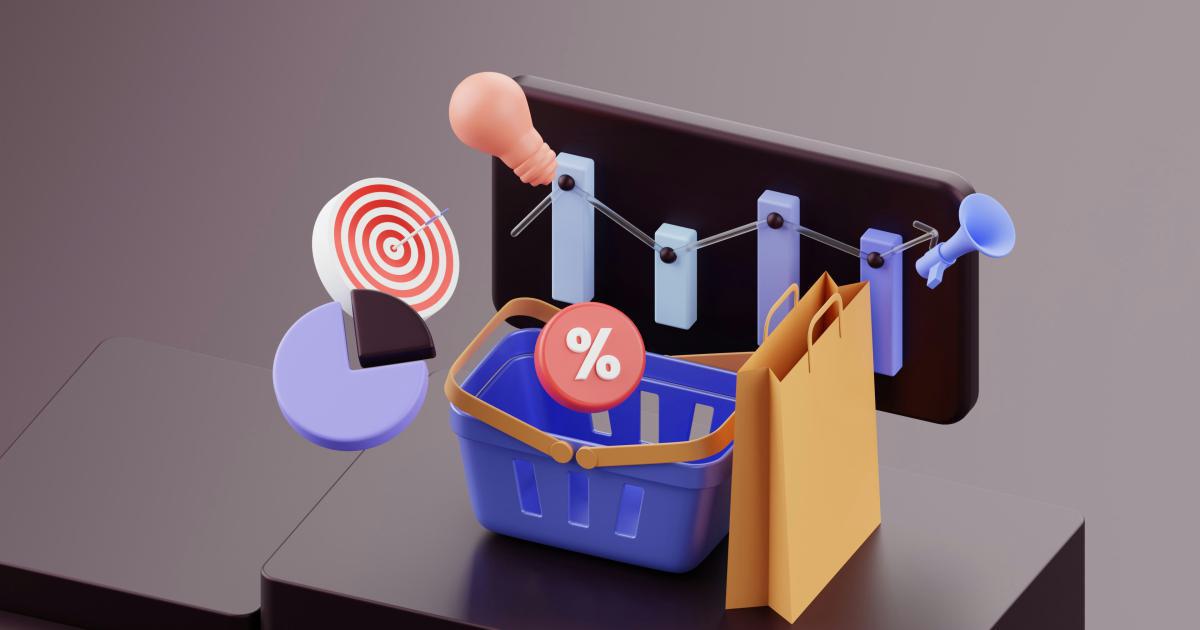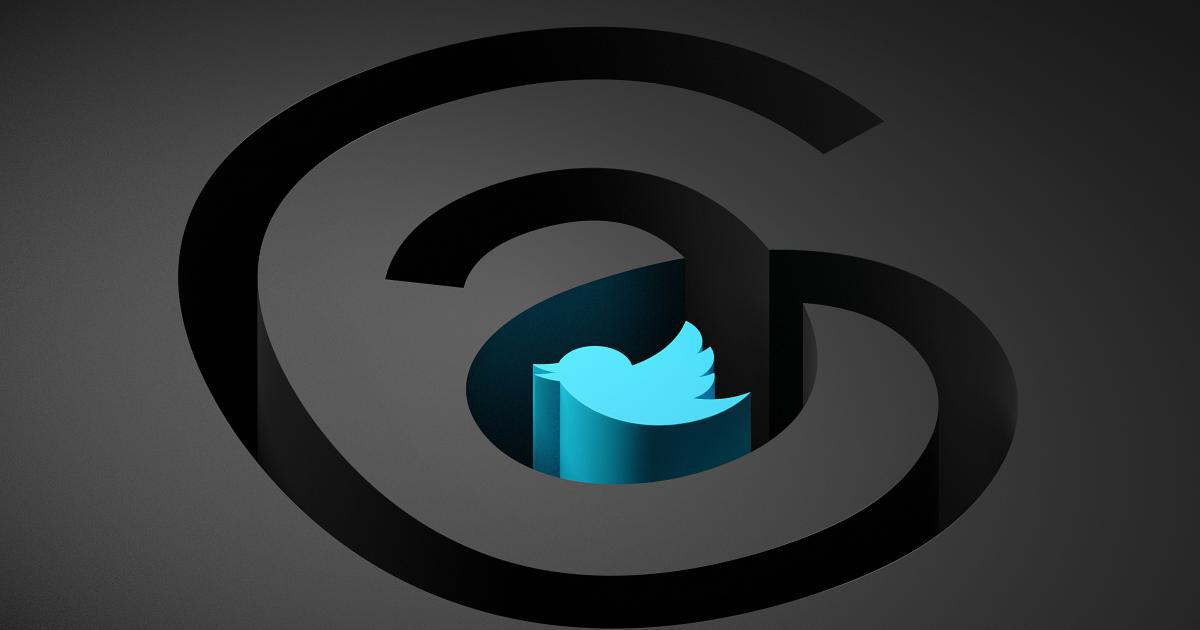Master Content Distribution on Social Media Networks


Introduction: The Importance of Content Distribution
In the digital age, effectively distributing content across social media networks is crucial for businesses and individuals alike. As the online landscape becomes increasingly crowded, standing out and reaching your target audience requires a strategic approach to content distribution. By mastering this skill, you can amplify your message, engage your followers, and drive tangible results for your brand or personal endeavors.

This comprehensive guide will delve into the key strategies and best practices for mastering content distribution on social media. We'll explore the various platforms, analyze the unique characteristics of each, and provide actionable tips to help you optimize your content for maximum impact. Whether you're a seasoned social media marketer or just starting to navigate the digital landscape, this article will equip you with the knowledge and tools to become a content distribution powerhouse.
Understanding the Social Media Landscape
Identifying the Dominant Platforms
The social media landscape is constantly evolving, with new platforms emerging and existing ones gaining or losing popularity. However, there are a few platforms that have consistently dominated the market and are considered essential for effective content distribution.

Facebook: As the largest social network, Facebook remains a powerful platform for content distribution. With its wide reach and advanced targeting capabilities, Facebook can help you connect with a diverse audience and amplify your message.
Instagram: Known for its visual appeal, Instagram has become a hub for visual content, making it an ideal platform for sharing eye-catching images, videos, and stories.
Twitter: This fast-paced platform is perfect for sharing real-time updates, engaging with your audience, and participating in industry conversations.
LinkedIn: As a professional social network, LinkedIn is an invaluable resource for connecting with industry peers, sharing thought-leadership content, and building your personal or corporate brand.
YouTube: As the leading video-sharing platform, YouTube offers an opportunity to create and distribute engaging video content, which can significantly enhance your content distribution efforts.
Understanding Platform Algorithms and Dynamics
Each social media platform has its own unique algorithm that determines the visibility and reach of your content. Understanding these algorithms and the dynamics of each platform is crucial for crafting an effective content distribution strategy.

Facebook Algorithm: Facebook's algorithm prioritizes content that generates high engagement, such as comments, shares, and reactions. Creating content that encourages meaningful interactions can help you leverage the algorithm to your advantage.
Instagram Algorithm: Instagram's algorithm focuses on delivering the most relevant and engaging content to users. Factors like the timeliness of your posts, user interactions, and the quality of your content all play a role in determining your visibility.
Twitter Algorithm: Twitter's algorithm considers factors like recency, user engagement, and the relationship between the poster and the viewer. Tweeting consistently and engaging with your audience can help you maximize your reach on this platform.
LinkedIn Algorithm: LinkedIn's algorithm prioritizes content that is relevant, valuable, and engaging for its professional user base. Focusing on thought-leadership, industry insights, and career-oriented content can help you thrive on this platform.
YouTube Algorithm: YouTube's algorithm is heavily influenced by user engagement metrics, such as watch time, likes, and comments. Creating high-quality, informative, and entertaining video content can help you rank higher in YouTube's search results and recommendations.
Understanding these platform-specific algorithms and dynamics will enable you to tailor your content and distribution strategies for maximum impact on each social network.
Identifying Your Target Audience
Before you can effectively distribute your content, it's essential to clearly define your target audience. Knowing your ideal customers, their interests, and their preferred social media platforms will allow you to create content that resonates with them and ensure your distribution efforts are targeted and efficient.

Demographic Factors: Consider factors like age, gender, location, education, and income level when defining your target audience.
Psychographic Factors: Understand your audience's interests, pain points, values, and behavioral patterns to create content that truly connects with them.
Platform Preferences: Identify which social media platforms your target audience is most active on, and prioritize your content distribution efforts accordingly.
Competitor Analysis: Research your competitors' target audiences and the strategies they use to reach them. This can provide valuable insights to help you differentiate your approach.
Audience Segmentation: Divide your target audience into smaller, more manageable segments based on shared characteristics or behaviors. This allows you to tailor your content and distribution tactics for each segment.
By deeply understanding your target audience, you can create content that resonates with them and distribute it through the most effective channels, maximizing your impact and engagement.
Crafting a Winning Content Distribution Strategy
Content Ideation and Creation
Developing a consistent stream of high-quality, engaging content is the foundation of a successful content distribution strategy. Invest time in understanding your audience's preferences and pain points, and use this knowledge to generate content ideas that will capture their attention.

Leverage Audience Insights: Analyze your target audience's interests, behaviors, and pain points to identify content topics that will resonate with them.
Conduct Keyword Research: Use keyword research tools to identify the phrases and topics your audience is searching for, and tailor your content accordingly.
Monitor Industry Trends: Stay up-to-date with the latest trends, news, and discussions in your industry to create timely and relevant content.
Repurpose Existing Content: Optimize your existing content by repurposing it into different formats, such as blog posts, videos, or social media updates, to extend its reach and impact.
Collaborate with Influencers: Partner with industry influencers or experts to co-create content that leverages their expertise and audience, expanding your reach.
By consistently creating valuable, entertaining, and informative content, you'll be well on your way to building a loyal following and driving meaningful engagement across your social media channels.
Platform-Specific Content Optimization
Once you've developed your content, it's crucial to optimize it for each social media platform to ensure maximum impact and engagement.

Facebook: Craft visually striking images or videos, write attention-grabbing captions, and leverage Facebook's targeting and advertising capabilities to reach your audience.
Instagram: Create visually appealing, on-brand imagery and videos, use relevant hashtags, and experiment with Instagram Stories and Reels to capture your audience's attention.
Twitter: Compose concise, engaging tweets that encourage interaction, use relevant hashtags, and leverage Twitter's real-time nature to respond to industry conversations.
LinkedIn: Position yourself as a thought leader by sharing insightful, long-form content, engaging with your network, and showcasing your professional expertise.
YouTube: Produce high-quality, informative, and entertaining videos, optimize your titles and descriptions for search, and leverage YouTube's recommendations to drive more views.
By tailoring your content to the unique characteristics and best practices of each social media platform, you'll maximize its visibility, engagement, and impact.
Timing and Scheduling
Determining the optimal timing and scheduling for your content distribution is crucial for reaching your target audience effectively.

Understand Platform-Specific Best Practices: Each social media platform has its own peak engagement times and optimal posting frequencies. Research and implement the best practices for your target platforms.
Analyze Your Audience's Behavior: Use analytics tools to identify the times and days when your audience is most active and engaged. Adjust your posting schedule accordingly.
Experiment and Iterate: Monitor the performance of your content across different posting times and adjust your schedule based on the results. Continuously refine your approach to find the sweet spot.
Leverage Scheduling Tools: Utilize social media scheduling tools to plan and automate your content distribution, ensuring a consistent and strategic posting cadence.
Capitalize on Trending Topics: Stay attuned to current events and industry trends, and be prepared to quickly create and distribute timely, relevant content to capitalize on the momentum.
By optimizing your content distribution timing and scheduling, you'll increase the chances of your content being seen and engaged with by your target audience.
Multichannel Content Distribution
Effective content distribution involves leveraging multiple social media channels to maximize your reach and engagement. By adopting a multichannel approach, you can ensure your content is accessible to a wider audience and tailored to their preferred platforms.

Cross-Promotion: Share your content across multiple social media platforms, ensuring consistent messaging and branding while highlighting the unique attributes of each channel.
Repurposing Content: Adapt your content into different formats, such as videos, images, or bite-sized social media updates, to make it more engaging and shareable across various platforms.
Influencer Collaborations: Partner with industry influencers or relevant brands to co-create and distribute content, tapping into their established audiences and credibility.
Paid Amplification: Supplement your organic content distribution efforts with targeted social media advertising to reach a wider audience and drive measurable results.
Omnichannel Integration: Seamlessly integrate your social media content distribution with other marketing channels, such as email, website, and offline initiatives, to create a cohesive and impactful customer experience.
By adopting a multichannel approach to content distribution, you can significantly expand your reach, boost engagement, and drive meaningful results for your brand or personal endeavors.
Measuring and Optimizing Content Distribution
Effective content distribution is an iterative process that requires continuous monitoring, analysis, and optimization. By tracking key performance metrics and making data-driven adjustments, you can continuously improve the impact and effectiveness of your content distribution efforts.

Analyzing Content Performance Metrics
Reach: Measure the total number of people who have seen your content, including organic, paid, and shared impressions.
Engagement: Track metrics like likes, comments, shares, and click-through rates to gauge how your audience is interacting with your content.
Conversion: Monitor the number of audience members who take a desired action, such as visiting your website, signing up for a newsletter, or making a purchase.
Audience Demographics: Analyze the characteristics of your audience, such as age, gender, location, and interests, to ensure your content is resonating with the right people.
Sentiment: Assess the overall sentiment of your audience's reactions, including positive, negative, or neutral responses, to understand how your content is being perceived.
Optimizing Content Distribution Strategies
Identify Top-Performing Content: Analyze your metrics to determine which types of content, formats, and distribution tactics are most effective in resonating with your audience.
Refine Content Creation: Use insights from your performance data to inform the development of future content, ensuring it aligns with your audience's preferences and needs.
Optimize Timing and Scheduling: Continuously test and adjust your posting schedules to identify the optimal times and frequencies for maximum engagement.
Diversify Distribution Channels: Explore new social media platforms or alternative distribution channels to expand your reach and connect with untapped audiences.
Leverage Paid Amplification: Strategically invest in social media advertising to boost the visibility and impact of your top-performing content.
By consistently measuring, analyzing, and optimizing your content distribution strategies, you can ensure your content reaches the right people, at the right time, and through the most effective channels.
Conclusion: Mastering Content Distribution for Long-Term Success
Mastering content distribution on social media is an essential skill for individuals and businesses looking to build a strong online presence, engage their audience, and drive tangible results. By understanding the social media landscape, crafting a winning content distribution strategy, and continuously optimizing your efforts, you can position your brand or personal brand for long-term success.

Remember, the key to effective content distribution lies in understanding your audience, creating valuable and engaging content, and leveraging the unique features and dynamics of each social media platform. With a strategic and data-driven approach, you can amplify your message, foster meaningful connections, and achieve your desired objectives, whether it's increasing brand awareness, driving website traffic, or generating leads and sales.
Embrace the power of content distribution and embark on your journey to becoming a true social media content distribution master. The rewards of your efforts will be manifested in the growth, engagement, and loyalty of your audience, propelling your brand or personal endeavors to new heights.